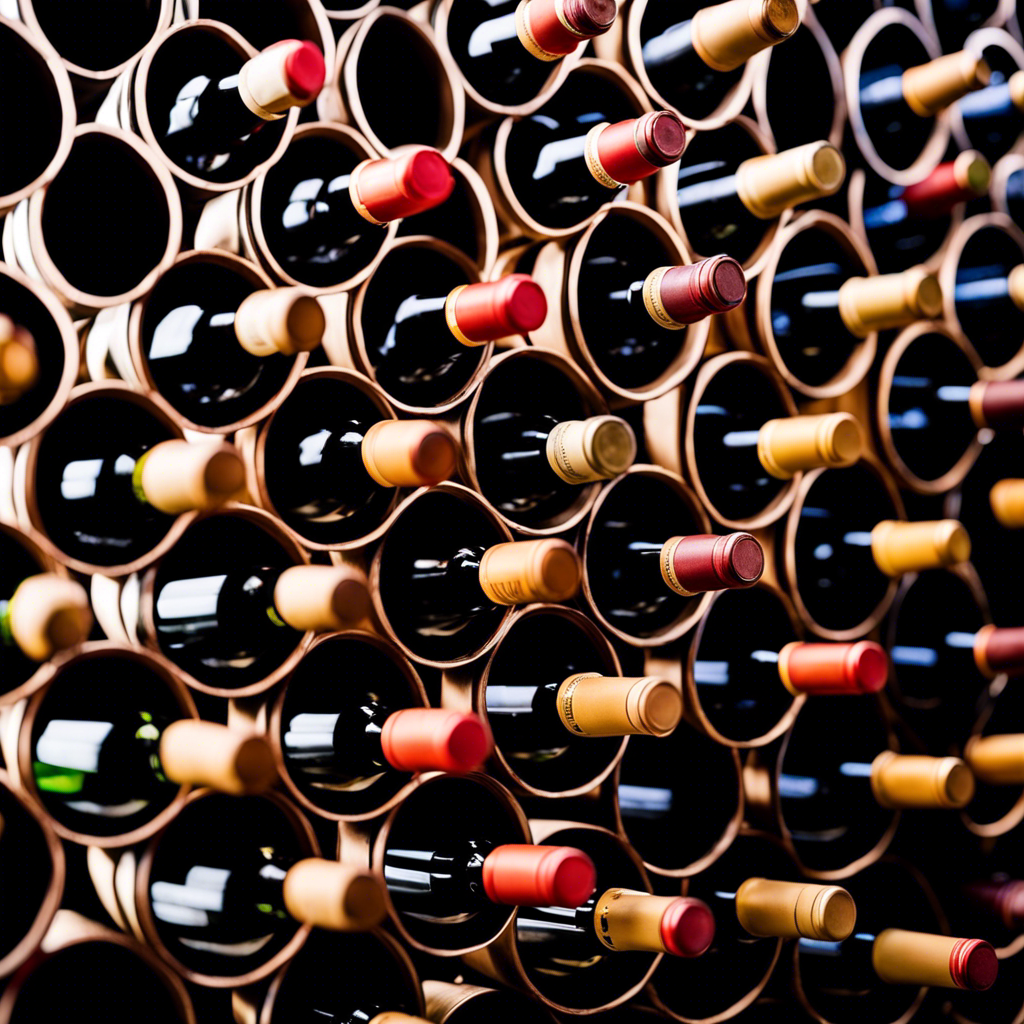Many find French wine labels perplexing owing to the myriad of different display styles. As a global leader in wine production, France has countless wine makers, for example, Bordeaux, a significant wine region, houses almost 6000 châteaus crafting around 9000 diverse wines, each indicated by a unique label.
In France, a system called “appellation d’origine contrôlée” (AOC) is followed, which verifies that wine is made in a specific geographical area, using traditional grapes and established processes, thus ensuring quality.
While wine is the most known, the AOC label is utilised for a gamut of commodities including cheese, butter, meat, sausages, lentils, and honey. Additionally, this system isn’t unique to France; equivalent systems are found in Spain, Italy, Germany and other nations. The European Union has the Protected Designation of Origin (PDO) or the Protected Geographical Indication (PGI). Even in Ireland, some local food products like Waterford blaa have protected status.
The system serves to shield more traditional wine production, in addition to being a favourable marketing mechanism, as remembering the name Bordeaux is much easier than the 6000 producers within. The AOC is also meant to serve as a marker of quality, with wines being tasted to ascertain they meet a benchmark of quality. Critics argue that finished wines often go untasted and there is potential bias with local tasters possibly having close relations with the producers leading to mediocre AOC wines.
Over 300 different French wines carry the AOC label and lie at the top rung of quality, followed by Vin de Pays and Vin de France, theoretically of lesser quality, but often providing excellent value.

